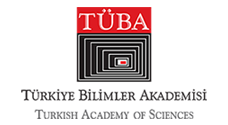Intertwined Dependence of Pharmaceutical Research and Basic Sciences

Intertwined Dependence of Pharmaceutical Research and Basic Sciences
Drug discovery and development is a complex and lengthy procedure, which may take at least 10 to 12 years. Besides, it is an extremely expensive process, which may cost up to billions of dollars to discover a new molecular or biological entity. Although pharmaceutical sciences are considered a branch of applied sciences, the procedure consists of pre-clinical and clinical stages from start to marketing, where basic sciences play a critical role, particularly in the pre-clinical stage. In fact, designing a bioactive molecule to become a lead or hit compound as a possible drug candidate, needs an extensive knowledge and background in chemical and biological sciences. Consequently, biological targets such as genes and proteins (enzymes, receptors, structural proteins) are among the most important ones to elucidate and explain the molecular mechanism of pharmacological action of any drug candidate. A comprehensive understanding of diseases threatening human health requires input from basic sciences at the molecular level since pharmaceutical research relies on the data acquired from basic research. Therefore, the role of basic sciences in pharmaceutical research cannot be ignored at all. In this sense, the discovery of antibiotics can be presented as the best and one of the first examples in the 1900s. Since not only pharmacotherapy and pharmacobiotechnology but also other therapeutic applications such as gene therapy are quite intertwined with basic sciences. In this chapter, the essential role of chemical and biological sciences, as well as basic medical sciences, will be highlighted in drug discovery supported by examples.
